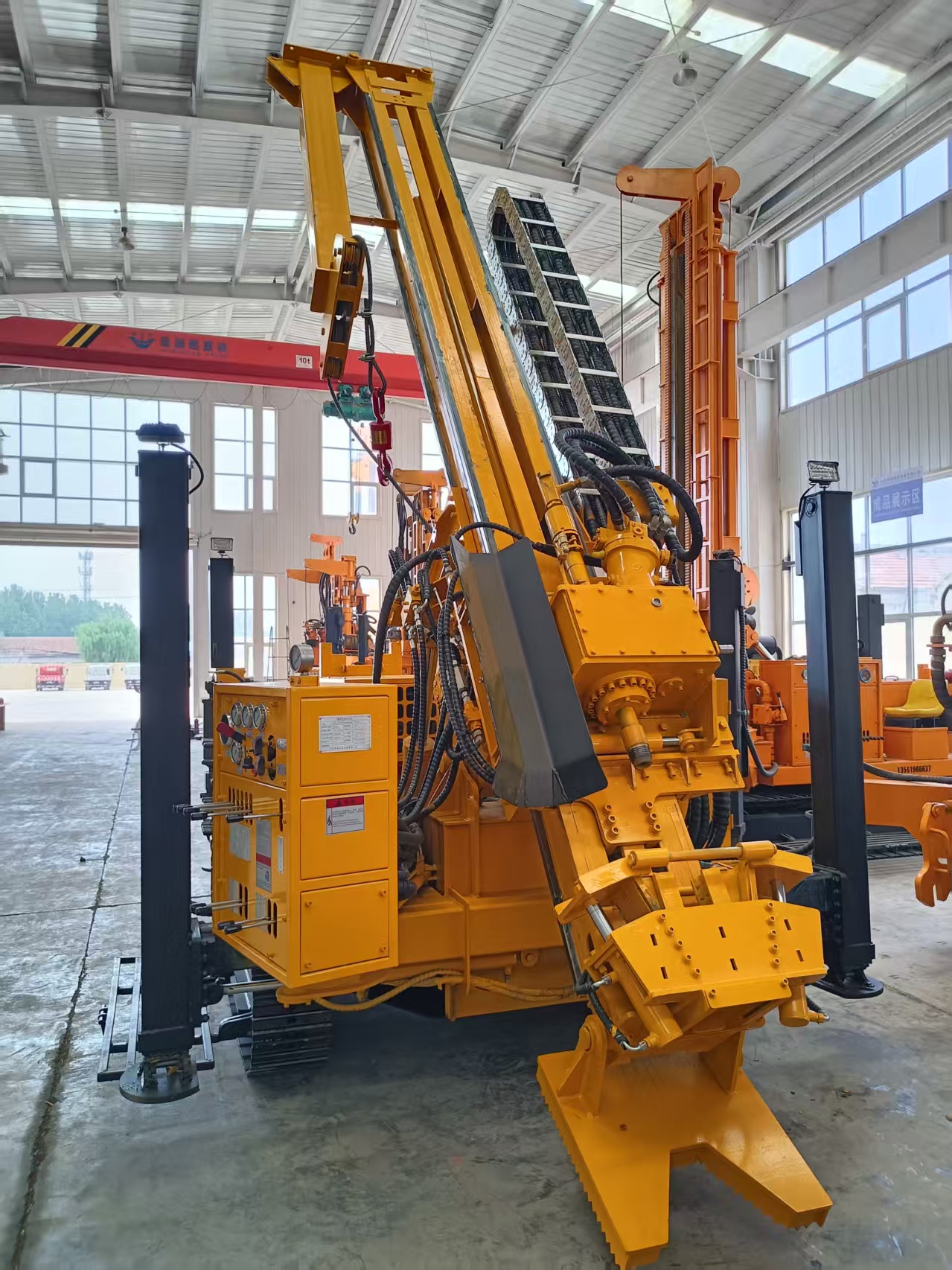Core Drills in Environmental Science
While core drills are widely known for their role in mining and resource exploration, their contributions to environmental science are equally significant. Core Drilling in Environmental Science: Monitoring and Research Applications.
These precision tools enable scientists to study the Earth’s subsurface in unprecedented detail, providing insights into climate change, groundwater quality, soil contamination, and ecosystem health.
One of the primary applications of core drilling in environmental science is groundwater research. By extracting core samples from aquifers and surrounding rock layers, hydrologists can analyze soil permeability, sediment composition, and the presence of contaminants. For example, core samples from a landfill site might reveal the extent of leachate migration, helping researchers design remediation strategies to protect drinking water sources. Core drills also aid in mapping groundwater flow patterns, essential for managing water resources in drought-prone regions.
In climate science, core samples from glaciers, lake beds, and ocean sediments act as natural archives of past climate conditions. Ice cores, drilled using specialized core drills, contain trapped air bubbles that preserve ancient atmospheric gases, allowing scientists to measure historical carbon dioxide levels and temperature fluctuations. Similarly, sediment cores from lake beds contain pollen, algae, and other organic materials that provide clues about past vegetation, rainfall, and wildfire activity. These samples help model future climate trends, informing global climate policies.

 Sonda de perfuração Bangxin
Sonda de perfuração Bangxin